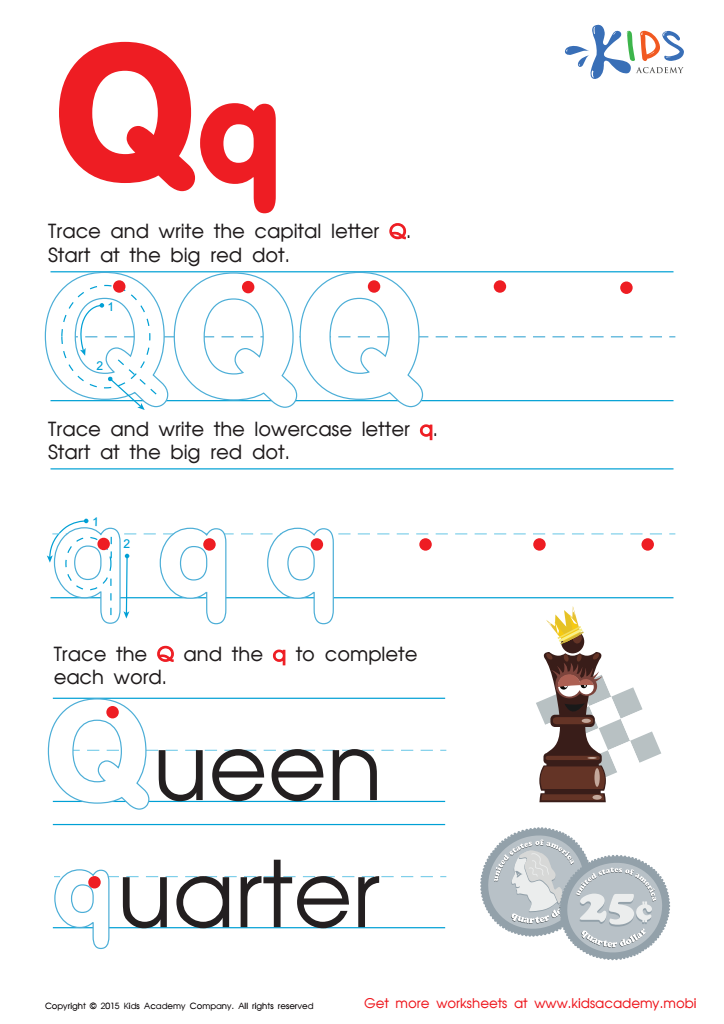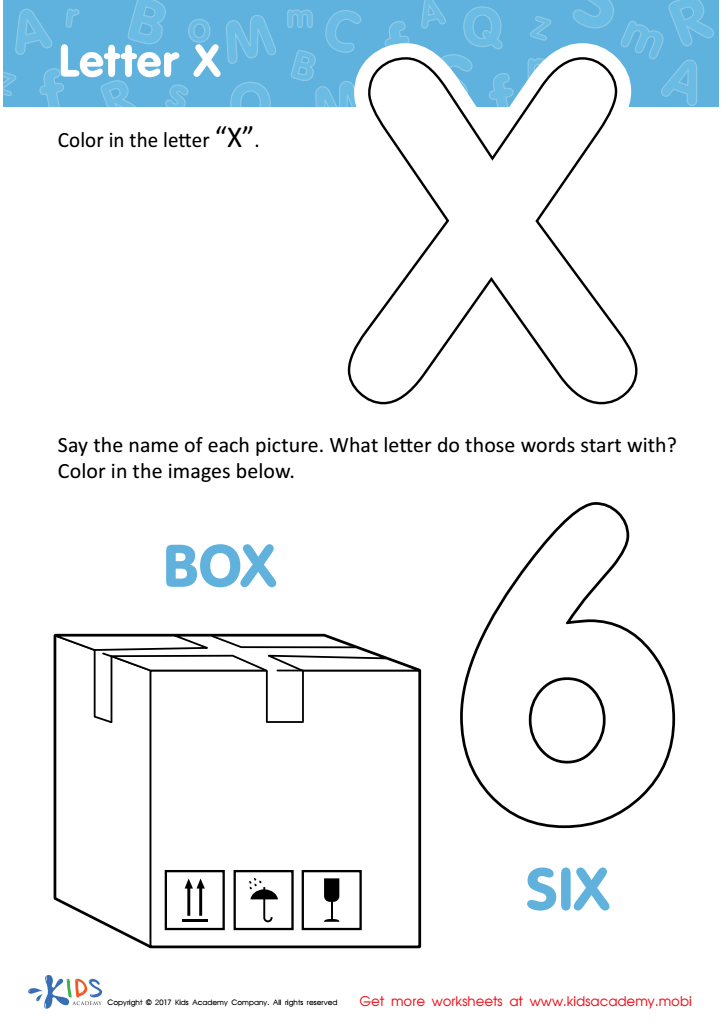Alphabet tracing English for Beginners Worksheets for Ages 4-9
8 filtered results
-
From - To
Discover our engaging "Alphabet Tracing English for Beginners Worksheets," designed specifically for children aged 4 to 9. These worksheets provide a fun and interactive way for young learners to develop their fine motor skills and familiarize themselves with the English alphabet. Each worksheet features colorful illustrations and easy-to-follow tracing lines that guide beginners in letter formation. Perfect for teachers, parents, and tutors, our resources promote early literacy and reinforce understanding through hands-on practice. Support your child’s language journey and make learning exciting with these comprehensive tracing worksheets, fostering confidence and foundational skills in English at an early age!


Letter R Tracing Page


Letter P Tracing Page


Letter Q Tracing Page


Letter H Tracing Page


Letter A Tracing Worksheet


Letter T Tracing Page


Letter D Tracing Page


Letter X Coloring Sheet
Alphabet tracing for beginners aged 4-9 is crucial in developing foundational literacy skills. First, it helps children recognize letter shapes, sizes, and sounds, which fosters reading readiness. Engaging in tracing activities enhances fine motor skills, aiding in hand-eye coordination that is essential for writing.
Moreover, element tracing introduces structure and routine in learning, allowing children to practice tracing letters in an organized manner. This repetitive practice builds muscle memory, which is vital for later writing fluency. The process of physically manipulating a writing instrument can also boost confidence in budding writers.
If parents and teachers instill the importance of tracing letters, they lay the groundwork for future language skills. As children gain proficiency in letter formation, they become more capable of expressing themselves in writing, a skill that extends beyond just language arts.
Furthermore, incorporating alphabet tracing activities can make learning enjoyable. These activities can be interactive, providing opportunities for partnership and participation, which helps to solidify family engagement in education. Overall, alphabet tracing is a beneficial tool that fosters essential skills, confidence, and a love for learning, making it a vital focus for parents and educators.
 Assign to My Students
Assign to My Students


















